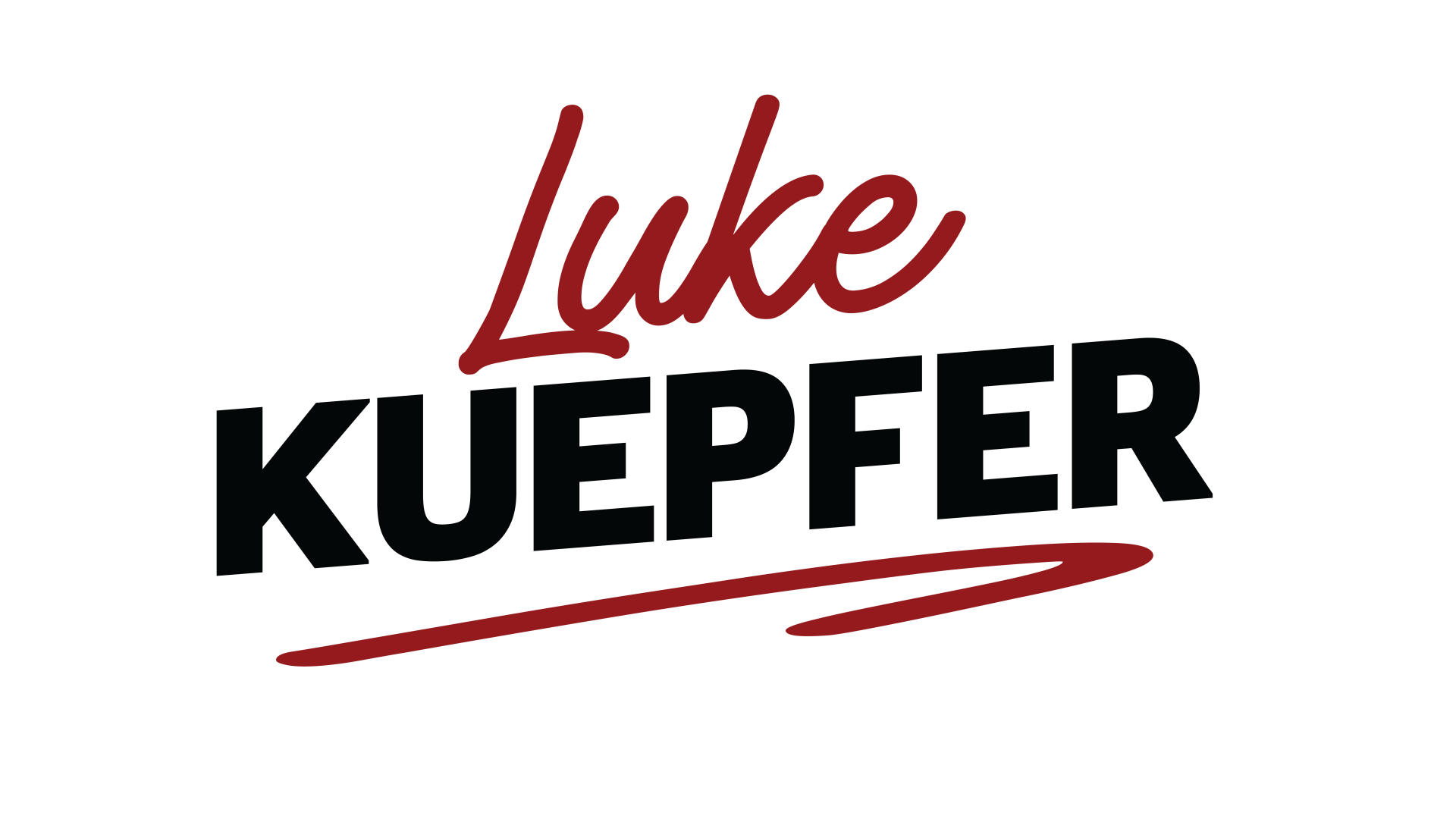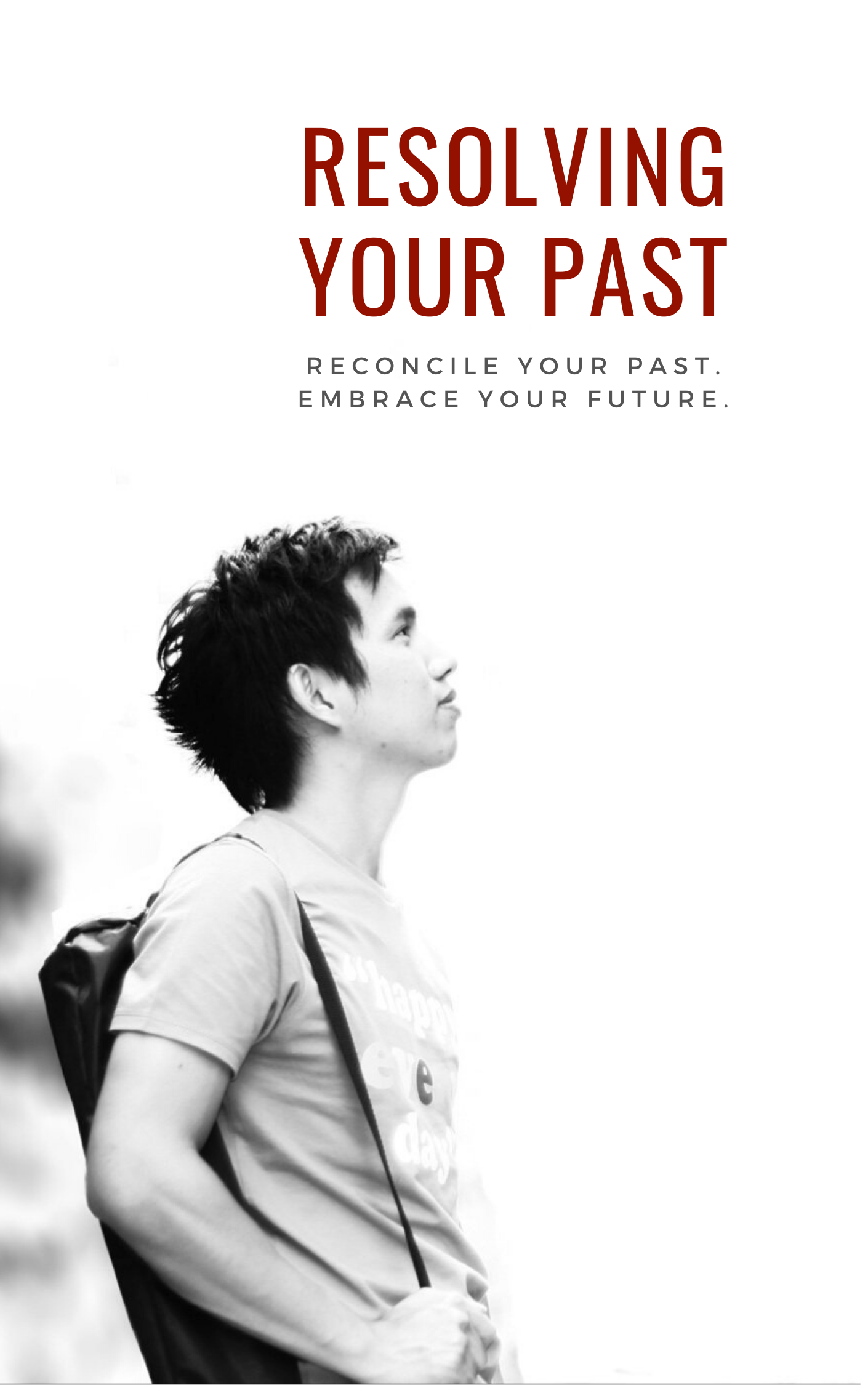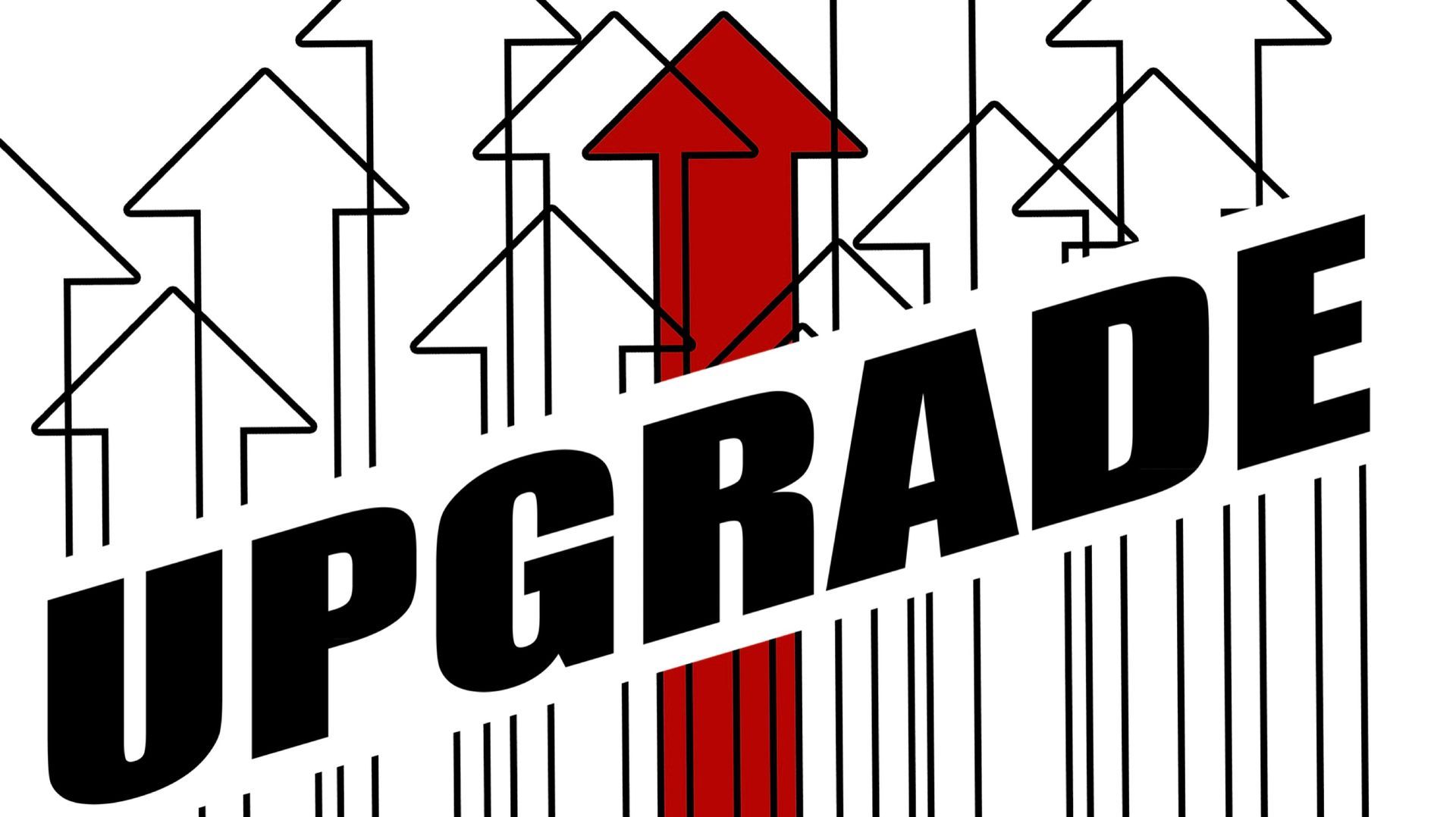Amateur or Professional, Part 12: Second-Level Thinking
Based on an article published by Shane Parrish titled, “The Difference Between Amateurs and Professionals,” I'm reflecting on some of his key points with today's discussion on:
“Amateurs focus on first-level thinking. Professionals focus on second-level thinking."
Anyone can do first-level thinking. And most people do. But if you wish to separate yourself from the masses, practice the difficult but potentially rewarding process of second-level thinking.
First-level thinking typically yields fast and easy solutions to problems without considering long-term consequences. “I'm hungry, I love chocolate bars, so I'll fill up on that.” But second-level thinking considers the unhealthy habit that may form and builds a system for nutritious intake on a consistent basis.
First-level thinking may see an easy solution to lack of sales by employing scarcity tactics, low prices, and high-powered salespeople. But second-level thinkers consider the long-term impact of that decision. Instead of seeking a quick fix, they pursue solutions that will consistently enhance their brand to high-level customers who in turn will pull in more high-level customers who are willing to pay a premium for great products and services.
To become a better second-level thinker ask yourself the following questions:
- And then what will or might happen? [After coming up with a potential solution]
- What will the consequences of this decision be in a month from now, a year from now, or five-ten years from now?
- How will my employees react to this? My customers? My suppliers? My competitors?
Often to achieve something great in life, you need to put in hard work and possibly experience something negative. The positive comes in the second order, not in the first. But perseverance and second-level thinking typically pay off.
Now of course that doesn't mean that success is guaranteed. As Howard Marks has pointed out, “Second-level thinking is deep, complex and convoluted.” But the good news is that the competition is less in that sphere. Those willing to do the hard work, thinking in terms of systems, challenges, interactions, and time, are miles ahead of those who can't handle the negative and only consider the first-order of things.















